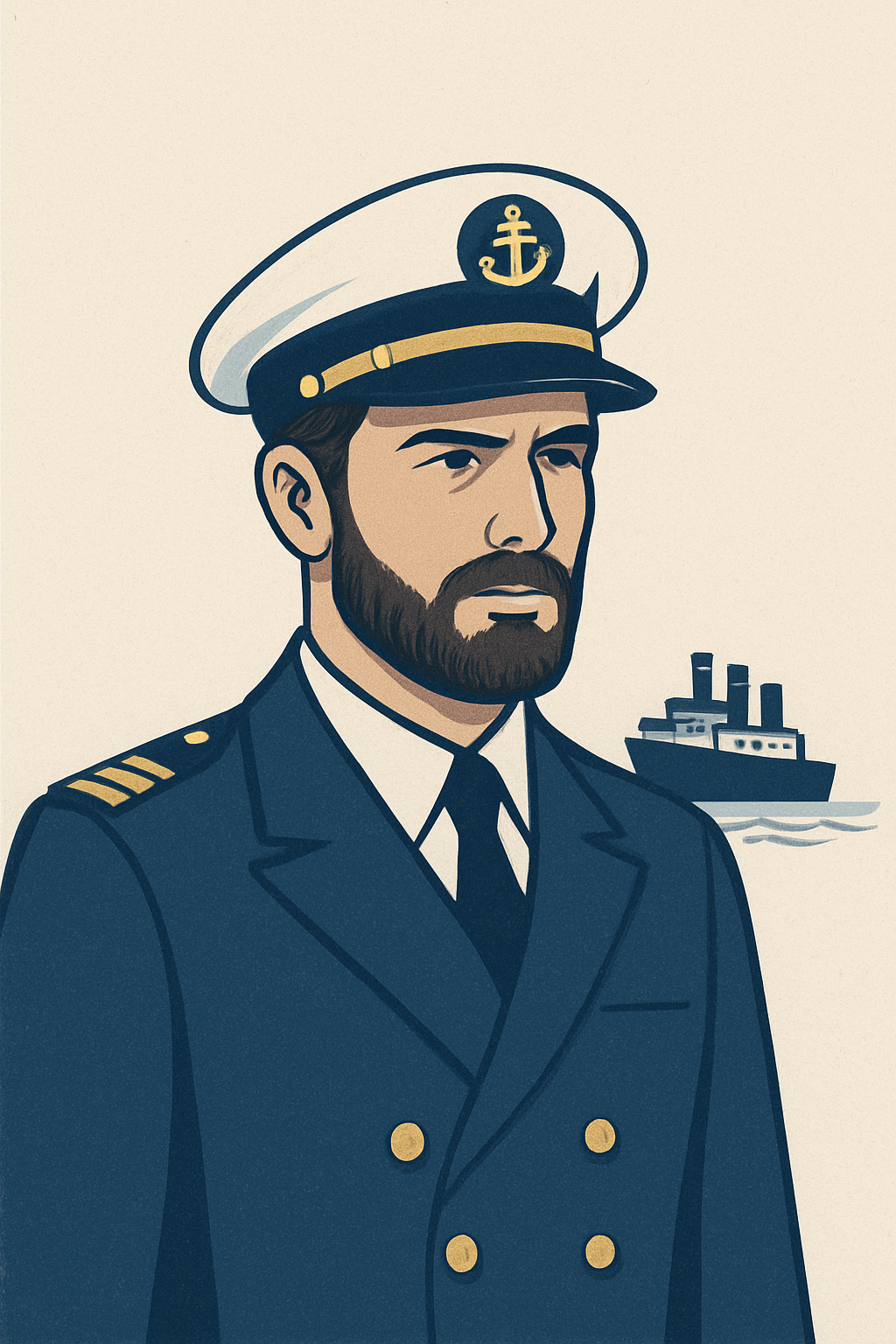
How to Become a Ship Captain: Navigating Your Path to the Helm
Introduction
The Two Main Pathways to Becoming a Ship Captain
Educational and Licensing Requirements
- Sea Service Minimums - For the 3rd Officer's License, you need a certain amount of sea days as an unlicensed person, along with relevant endorsements. This often means at least 360 days of documented experience for basic licenses, but it escalates as you progress.
- Training and Education - Whether through an academy or self-study, you'll cover topics like chart navigation, rules of the road, and vessel stability. Academies provide this via degree programs, while hawsepipe sailors might take USCG-approved courses online or at maritime schools.
- Exams and Certifications - You'll take written and practical tests administered by the USCG, covering everything from emergency drills to electronic navigation systems. Don't forget prerequisites like a TWIC (Transportation Worker Identification Credential) card and a medical exam (Form CG-719K).
Gaining Sea Time and Real-World Experience
Challenges, Tips, and Career Advancement
How to Become a Cruise Ship Captain: Specialized Opportunities
How to Become a Containership Captain or an Oil Tanker Captain
Wrapping Up: Set Sail on Your Captain's Journey
Share This Article
Related Articles
Continue reading with these related articles

Starting a Career in Marine Engineering: Your Guide to Navigating the High Seas of Opportunity
Learn how to start a career in marine engineering with our comprehensive guide. Discover education requirements, certifications, job prospects, and actionable tips for launching your maritime engineering career.

How Much Do Ship's Officers and Crew Make? Complete Salary Guide for Maritime Careers
Discover comprehensive salary information for ship officers and crew members. Learn about merchant mariner compensation, work schedules, vacation pay, and career opportunities at sea.

How Much Do 1st Assistant Engineers Make? Salary, Responsibilities & Career Guide
Discover 1st Assistant Engineer salaries, responsibilities, and career path. Learn about engine room operations, work schedules, and what it takes to become a first engineer on ships.

How Much Do 2nd Assistant Engineers Make? Salary, Responsibilities & Career Guide
Discover 2nd Assistant Engineer salaries, responsibilities, and career path. Learn about fuel systems, boiler operations, bunkering duties, and the high-stakes world of engine room duty rotations.
© 2025 The Salty Mariner. All rights reserved.
